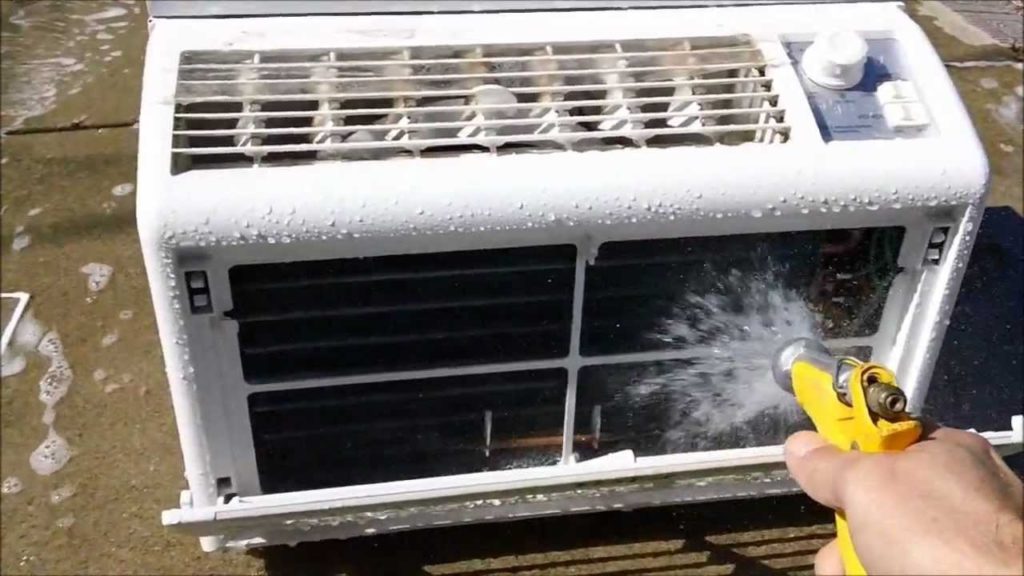Now that we have covered what heat pumps are and several of their one-of-a-kind components, let’s discuss some common ranges. There are a number of types of heat pump systems, all of which implement the same functions, yet in different means. Several of the extra typical configurations are:
- Air to Air Heat Pumps
Likewise called air resource heat pumps, air to air heat pump systems have a basic design. They take in outdoor air and using the common refrigeration cycle, condition that air to either trendy or warm a space.
Air to air heating system is popular for household and small industrial applications in moderate climates as a result of their efficiency as well as versatility. It’s likely these are the sort of systems that enter your mind when you hear “heat pump,” as well as it’s quite feasible that your home features something comparable. The diagram above programs a typical property heat pump system and the photo below is a commercial heat pump at an apartment.
- Air to Water Heat Pumps
Air to water heat pump systems functions in a way extremely comparable to their air-to-air counterparts. But rather than pulling in warmth from the outside air to heat an airstream, air to water heat pumps utilize the refrigeration cycle to adjust the temperature level of a fluid stream.
In heating mode, thermal power is removed from the cool outside air through the conventional expansion/compression of a cooling agent as well as moved to a fluid stream, typically water or a water/glycol mix. That warm water is then routed throughout the building where it’s utilized for room heating, residential warm water, or a few other useful functions.
- Geothermal Heat Pumps
In midst greater than 15 to 20 feet, the planet’s crust preserves a fairly constant temperature year-round. Ground resource heat pumps also known as ground-coupled heat pumps or geothermal heat pumps are closed-loop systems that make use of that thermal energy.
In heating your home mode, thermal energy from the planet is absorbed right into the fluid within the geo loop. This raises the functioning liquid’s temperature level, yet not enough to fulfill the lot’s need. The semi-heated liquid mix is then sent out within to the system’s evaporator, kick-starting the vapor expansion/compression cycle, which heats up the liquid to the point that it can be used to warm areas or water.

